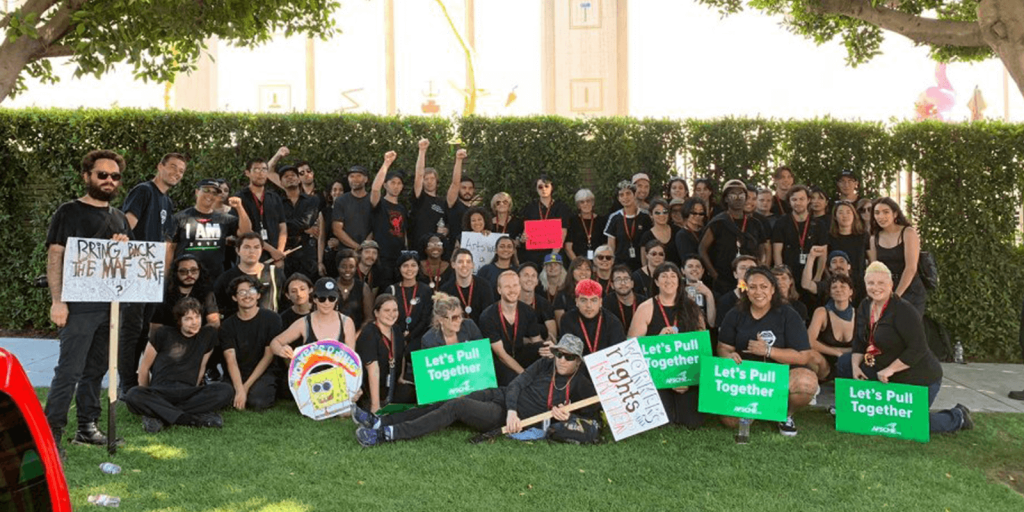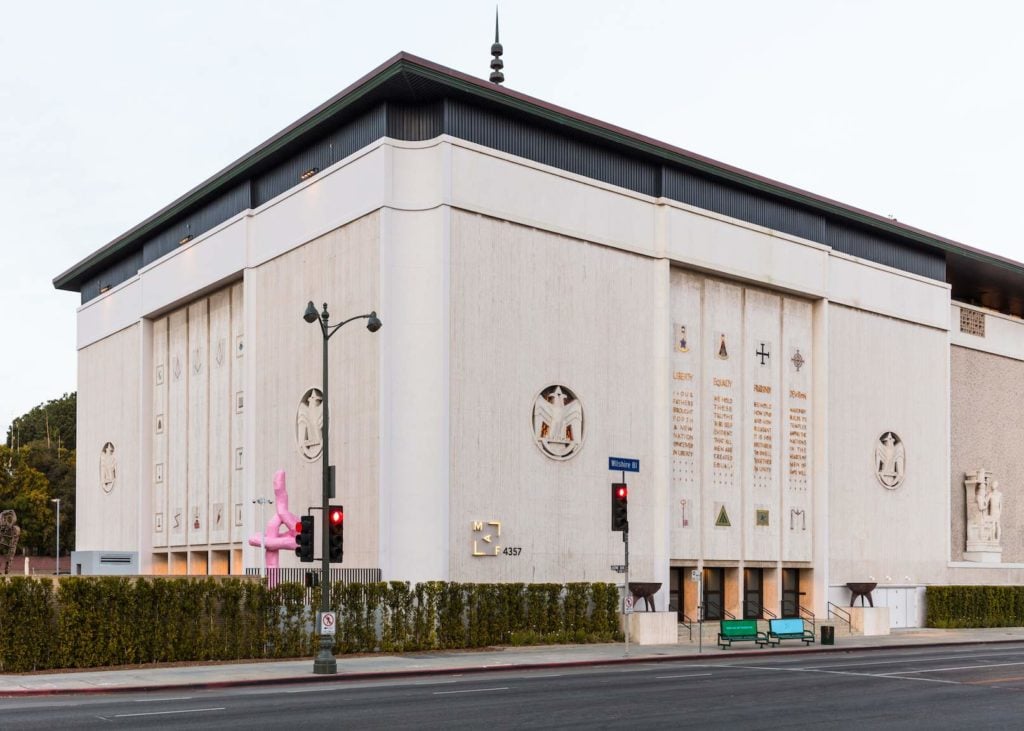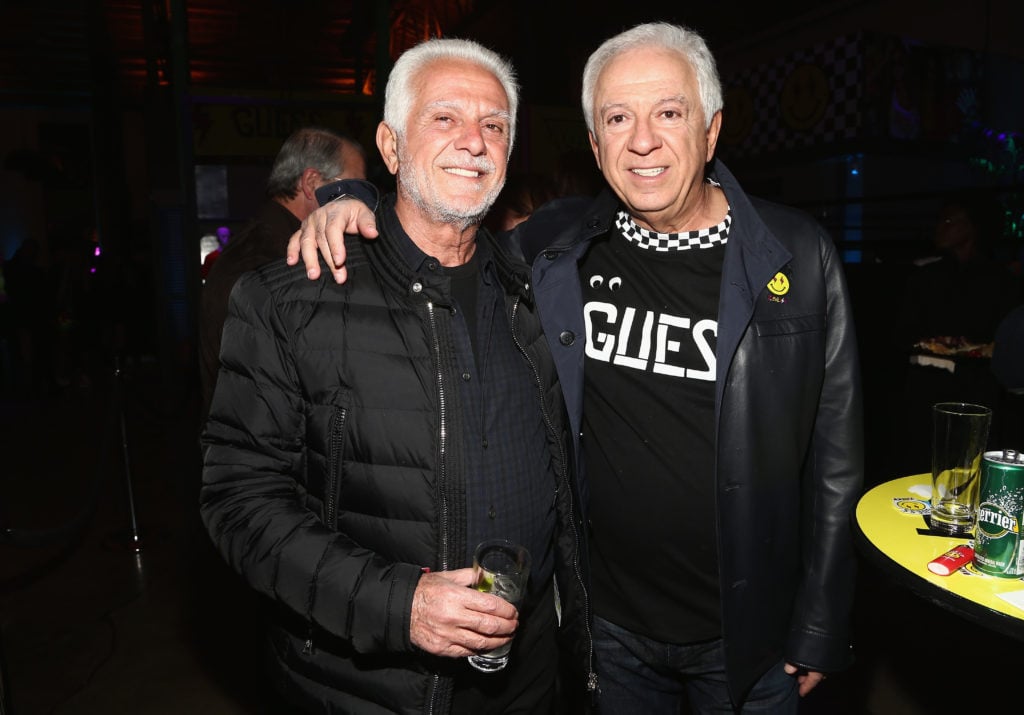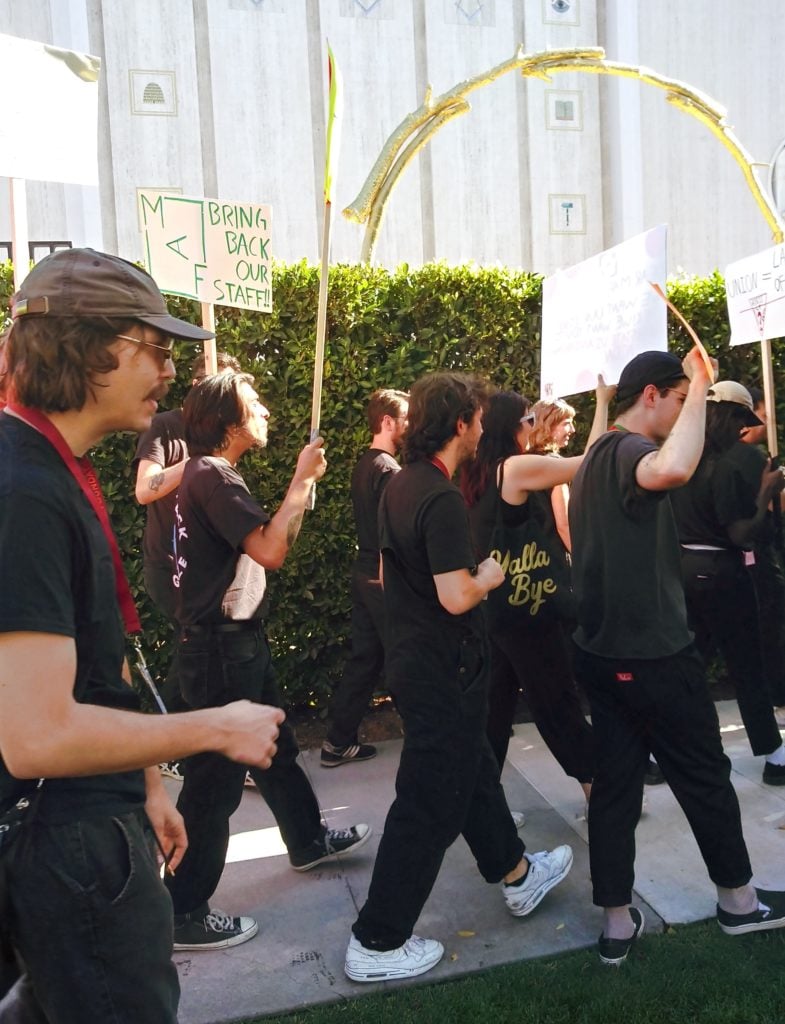Law & Politics
After Abruptly Shutting Down Amid a Staff Unionizing Effort, LA’s Marciano Foundation Must Now Pay a Settlement to Laid-Off Workers
The LA foundation is paying laid-off workers 10 weeks of severance as part of the settlement.

The LA foundation is paying laid-off workers 10 weeks of severance as part of the settlement.

Sarah Cascone

Los Angeles’s Marciano Art Foundation has agreed to a settlement that gives 10 weeks of severance pay to 70 visitor services associates who it laid off last year after they attempted to unionize.
The private museum shut down abruptly in November, less than three years after it first opened. In response, a local union filed a complaint with the National Labor Relations Board calling the closure “an anti-union tactic” and alleging unfair labor practices.
One former employee, Kenneth Moffitt, went further and sued the foundation for breaking a law that requires employers to give 60 days’ written notice before mass layoffs. In settling the class-action lawsuit, the foundation agreed to pay workers a total of $205,000 as well as $70,000 in legal fees; the union, District Council 36, agreed to drop its unfair labor practices complaint.
“We are confident that further litigation would have demonstrated that the Marcianos’ conduct was unlawful and motivated, at least in part, by illegal, anti-union animus,” Daniel B. Rojas, one of the workers’ lawyers, told the New York Times. “The reality of our legal system is that the ultrawealthy can drag the process out to the detriment of parties with lesser means.”

Exterior of the Marciano Art Foundation. Photo by Julian Calero.
“Kenneth Moffitt and his fellow associates have remained resilient throughout this entire process, and we are glad that they are finally getting the justice they deserve,” District Council 36 communications officer Daisha Benjamin told Artnet News in an email.
Founded by brothers Maurice Marciano and Paul Marciano, who made their fortune running the Guess jeans empire, the museum was housed in the former Scottish Rite Masonic Temple on Wilshire Boulevard.
The Marcianos shelled out $8 million for the historic building in 2012 and hired architect Kulapat Yantrasast to transform the space into a museum to house their contemporary art collection, which features blue-chip names such as Cindy Sherman, Sterling Ruby, Yaiyoi Kusama, Alex Israel, and Christopher Wool.

Maurice Marciano (left) and Paul Marciano. Photo by Tommaso Boddi/Getty Images for GUESS.
During the museum’s short-lived tenure, it hosted flashy exhibitions for Ai Weiwei, Jim Shaw, and Olafur Eliasson, among others.
The Marcianos cited low attendance as the reason for the closure. But the timing coincided with a union drive, leading the employees to believe it was retaliatory.
Workers, who received a minimum wage of $14.25 an hour, moved to unionize over concerns about low pay, lack of benefits, and a dearth of advancement opportunities. Another issue was irregular hours, with schedules being cut without warning if attendance was down or to change over an exhibition.
As other museums around the county saw workers beginning to organize, District Council 36 petitioned the National Labor Relations Board to represent the museum’s visitor services employees.
At first, the foundation told workers it would “give this careful attention as we begin our discussions.” Four days later, the museum announced that it was closing, effective immediately, and laying off all visitors services staff. The lawsuit settlement follows a series of demonstrations against the Marcianos staged by the union.

Workers march outside of the Marciano Foundation in Los Angeles. Photo by Catherine Wagley.
“The settlement is the best decision,” Lylwyn Esangga, a District Council 36 organizing director, told the Los Angeles Times. “These workers expressed a desire to form a union and improve working conditions. They have maintained a commitment to see justice.”
Maurice Marciano, understood to be the main driving force behind the museum, did not respond to inquiries from Artnet News.
“This settlement doesn’t bring our jobs back or immediately improve the lives of skilled, underpaid, and undervalued workers elsewhere,” said Mofitt in a statement. “But within a larger context of injustice, it highlights the importance of all people to unite in solidarity to fight injustice in all its ugly forms.”